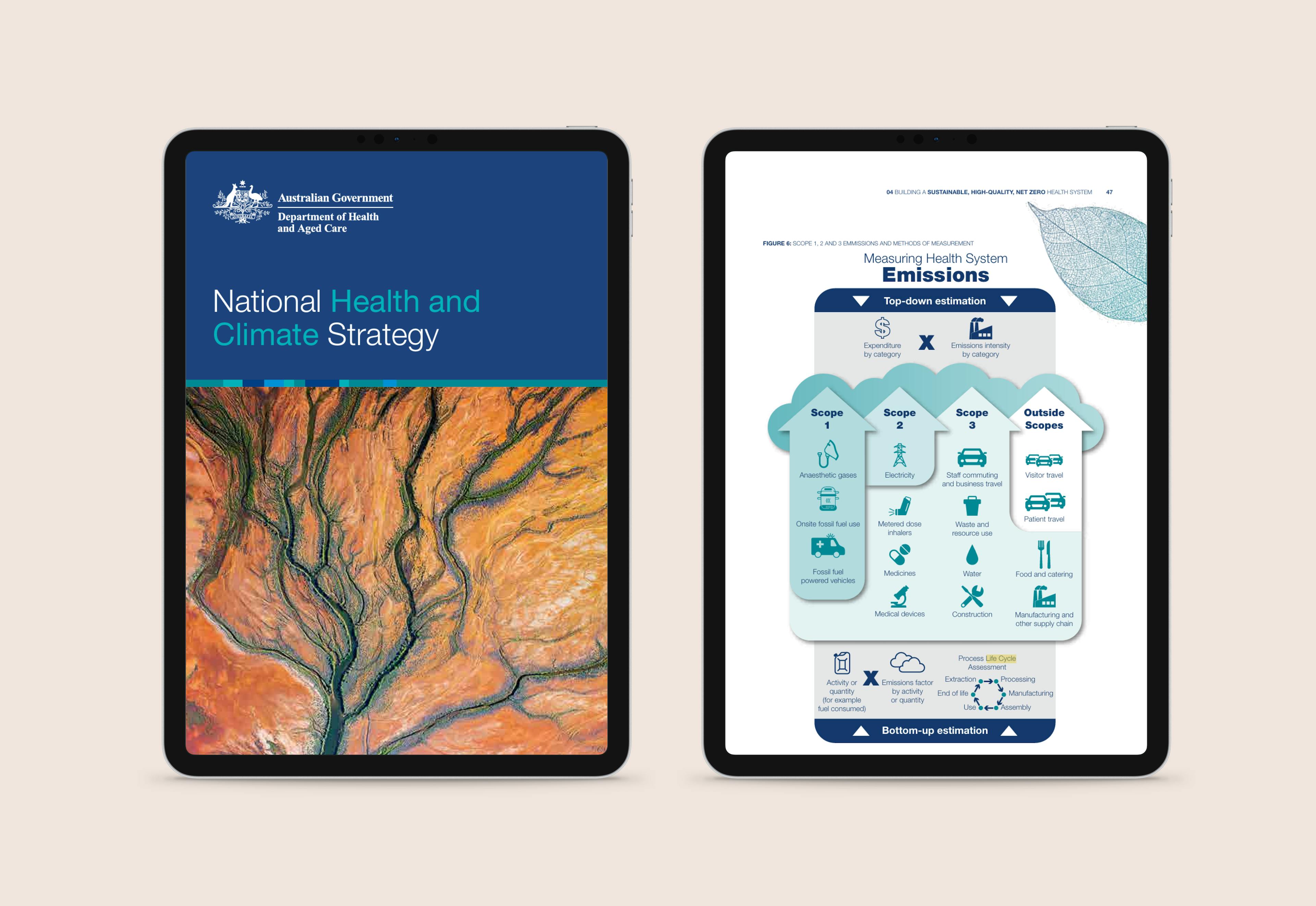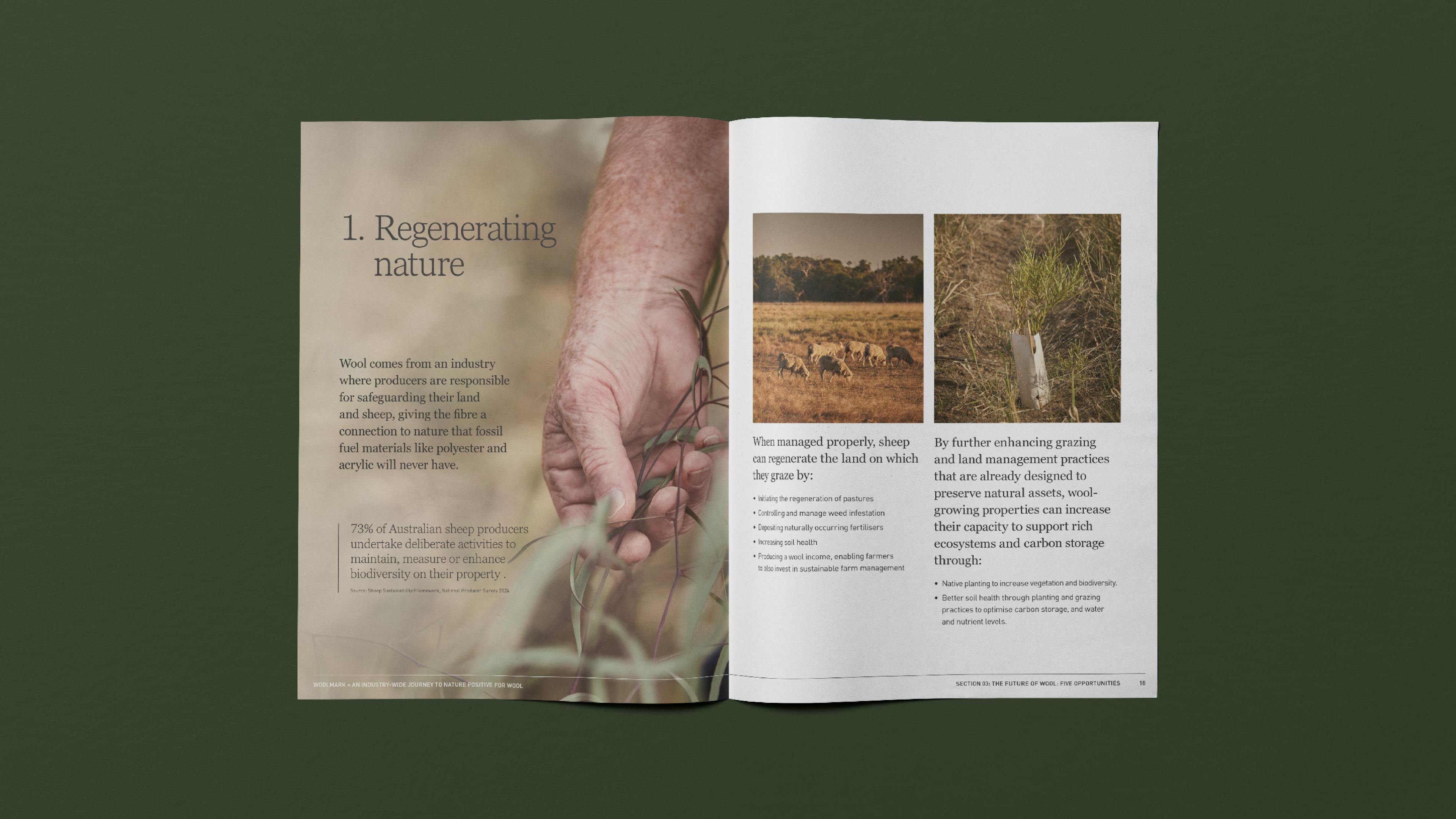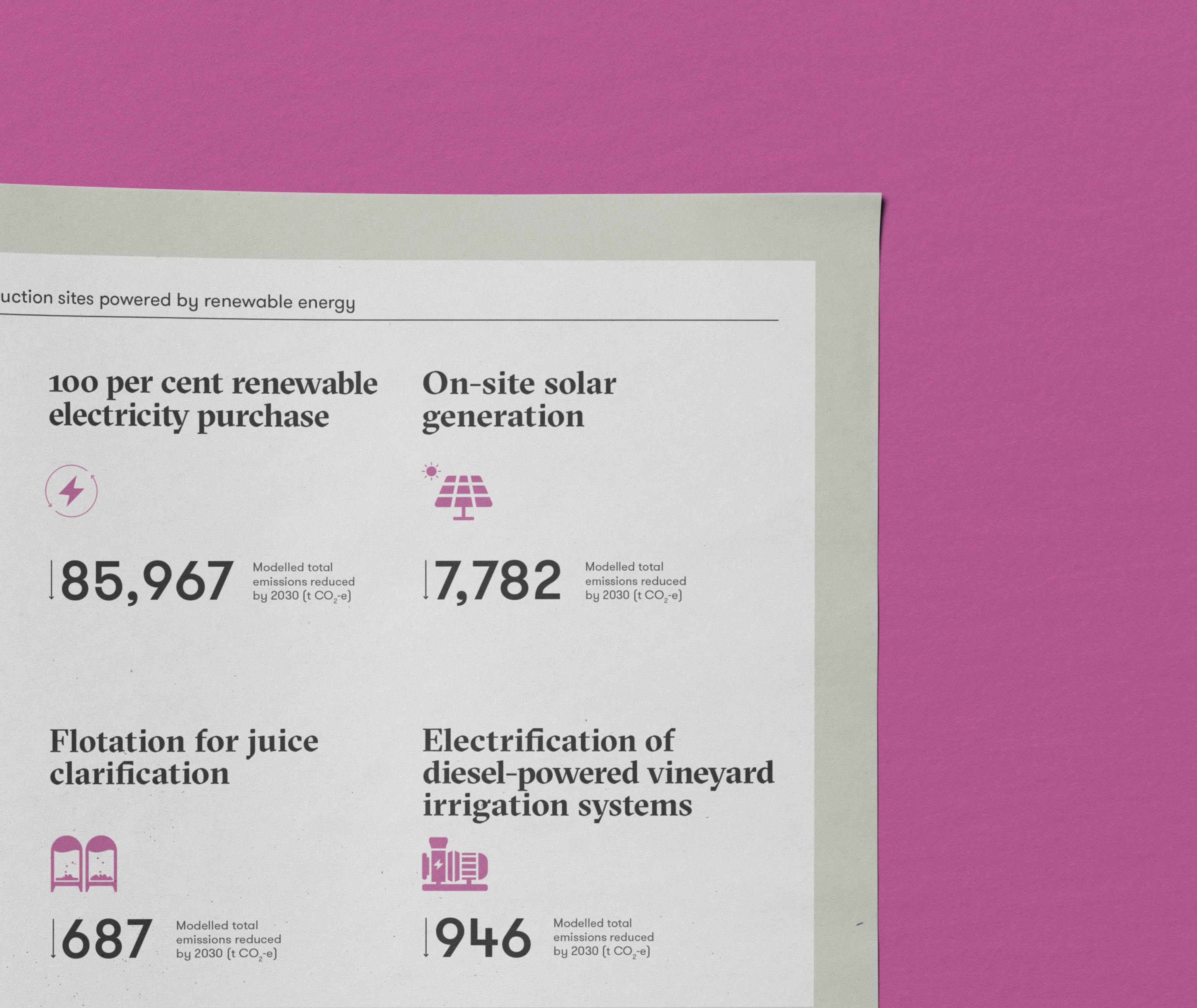
Measuring the environmental impacts of care
What's the environmental cost of a knee replacement?
How Medibank quantified the environmental impacts of two distinct care models using LCA
The Challenge
Designing care with climate in mind.
As one of Australia’s leading health companies, Medibank recognises that good health is deeply connected to the health of our environment.
Healthcare accounts for more than five percent of Australia’s greenhouse gas emissions. These emissions don’t just come from buildings or energy use. They are present throughout every stage of care delivery, from a patient's travel to hospital to the materials used in surgery.
Medibank saw an opportunity to explore whether virtual models of care could reduce environmental impact while supporting patient wellbeing.
To test this, they partnered with Edge to quantify the environmental impacts of two distinct care models using LCA.
Key Deliverables
Third-party verified Life Cycle Assessment
Broad environmental impact coverage beyond carbon footprint
Visual LCA results for hotspot identification
The Approach
Edge Impact worked closely with Medibank to develop realistic scenarios for its Better Knee, Better Me (BKBM) program and in-hospital knee osteoarthritis treatment. The Better Knee, Better Me program is a virtual health program designed to manage pain caused by knee osteoarthritis without resorting to surgery and is offered to patients where clinically appropriate.
To reflect the different contexts in which patients receive care, two scenario sets were developed, one for urban settings and one for rural.
While these models captured regional differences, individual factors like how far a patient travels to appointments still varied. To ensure consistency, the study applied typical values and assumptions across each scenario.
Inventory data was gathered from Medibank and its delivery partners, supported by desktop research to address data gaps.

To assess environmental impacts, the study used ReCiPe 2016, a recognised life cycle impact assessment method. It includes 18 midpoint indicators, such as global warming potential and fine particulate matter, and three endpoint indicators that reflect broader impacts on human health, ecosystems, and resource use.
Hotspot analysis was used to identify which stages of care contributed most to environmental impact, and where opportunities existed to reduce it.
A sensitivity analysis was also conducted to test how robust the findings were when key inputs or assumptions were varied.

The Result
The findings revealed a clear difference in environmental impact between the two models of care.
In urban areas, the environmental impacts of the BKBM scenarios were between 33 and 72 percent of those from in-hospital care across midpoint indicators, and between 36 and 39 percent across endpoint indicators.
In rural settings, BKBM delivered higher reductions in environmental impact. Travel makes up a larger share of emissions in these areas, so avoiding long trips to hospital through virtual care had a greater effect. Impacts were reduced to 33 to 55 percent at the midpoint level and 34 to 37 percent at the endpoint level.
Waste generation was another key difference. In-hospital care produced significantly more waste, with 99 percent linked to surgery-related activities. In comparison, the BKBM scenarios reduced total waste by approximately 59 percent.
These findings highlight the potential for virtual care models to reduce the environmental footprint of healthcare while continuing to deliver positive outcomes for patients.
Why it matters
This case study demonstrates how care design could influence environmental outcomes. When clinically appropriate, virtual care pathways like BKBM may offer a lower-impact alternative to in-hospital care.
As Australia continues to rethink how healthcare is delivered, these findings serve as valuable insight to guide sustainable decision making.
As experts in the full spectrum of sustainability topics, we are here to guide you through the complexity.
Related case studies
Shaping the future of the Australian wool industry
Accelerating Nature-Positive Change with Australian Wool Innovation
Explore how Edge Impact helped AWI launch Woolmark+.

Nature impact and dependency assessment
UNSW’s supply chain reliance and impact on nature
We set out to unpack the nature-related impacts and dependencies through UNSW’s supply chain.

A comprehensive plan for lower emissions in winemaking
Wine Australia's Emissions Reduction Roadmap
An industry-led approach to cutting emissions while ensuring prosperity for grape growers and winemakers.


The Edge Round-Up
Get the latest sustainability insights, industry updates, and exclusive invites—straight to your inbox, once a month.
Join the list. Just enter your name and email.

